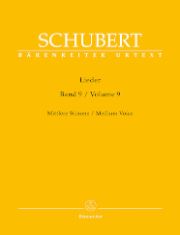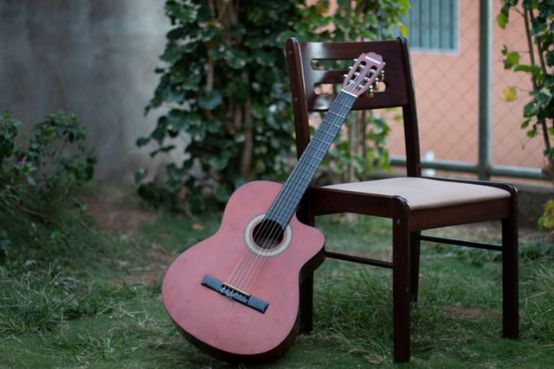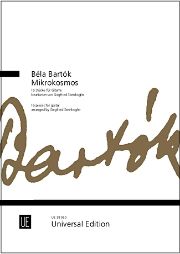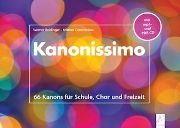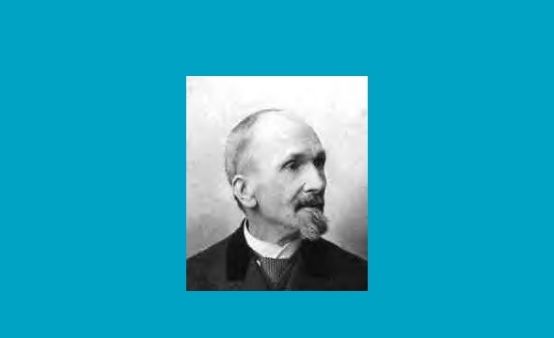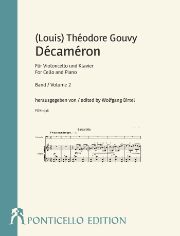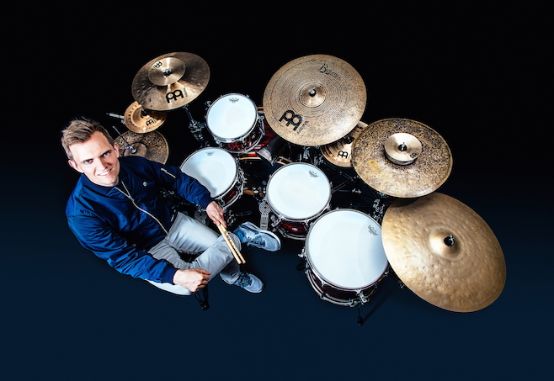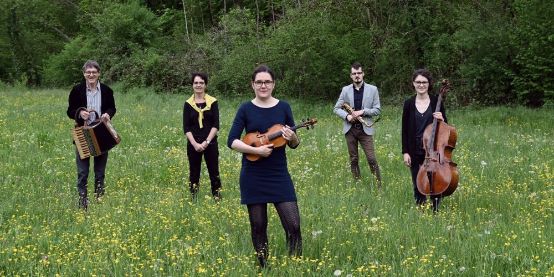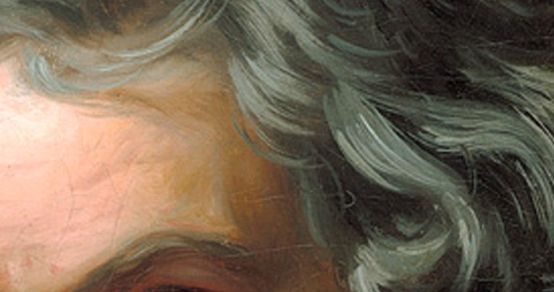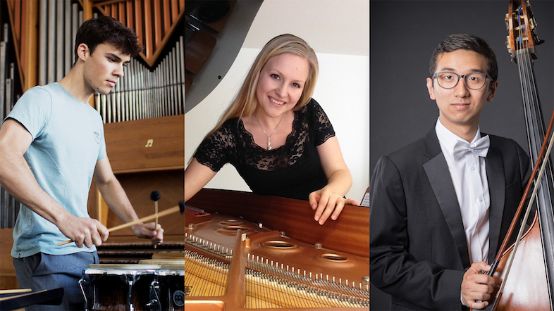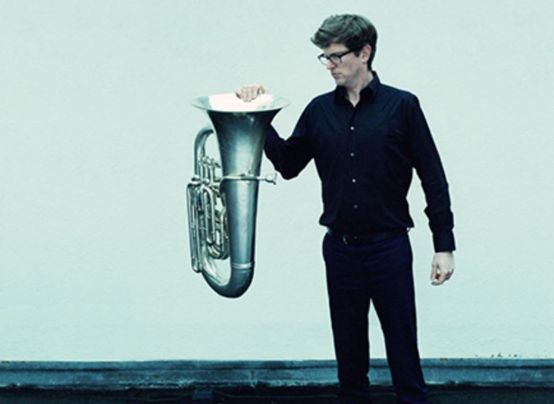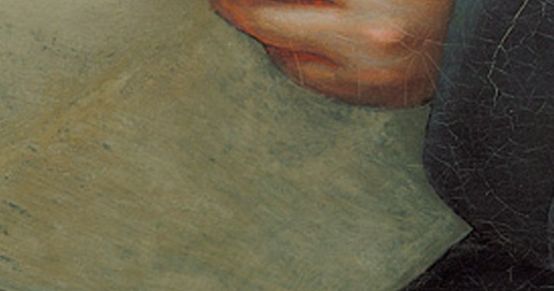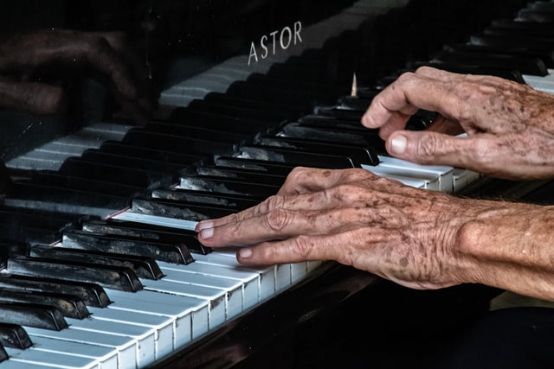For all voice ranges
The new edition of Schubert songs surprises with additional material and booklets for medium and low voice of all songs.
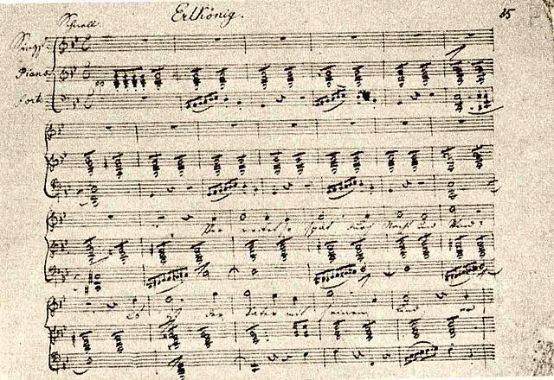
The Urtext edition of Schubert's songs, based on the "New Schubert Edition", is now available in nine of a total of thirteen planned volumes. Edited by Walther Dürr, it surprises with various innovations. On the one hand, the songs have been rearranged, on the other, completely new, authorized sheet music material has been made available, and there are various practical advantages for the performing singer.
It has been decided not to arrange the songs chronologically throughout or, as in the Peters edition available since the mid-19th century, to proceed according to their presumed significance for musical practice, but rather to adopt the order that Schubert himself gave to his songs. This applies to around a third of all the songs published during his lifetime. The remainder are then arranged in the order in which they were written.
The songs themselves are preceded by extensive (bilingual) information material: There is an English translation of each text, detailed commentaries on the text, the history of its composition and the sources, as well as information on the number of alternative versions that may exist. These alternative versions are included in the appendix of each volume, providing the performer with supplementary musical material that was not previously available. For example, the Song of Mignon"Nur wer die Sehnsucht kennt", probably one of the most famous Schubert songs of all, is presented in no fewer than five versions, some of which differ considerably from one another. The performer is thus given the opportunity to choose the version that comes closest to his or her understanding of the work. This new material invites you on a highly exciting journey of discovery into a previously unknown world of Schubert.
Last but not least, there are some unbeatable advantages for performing singers: whereas in the old Schubert edition only volumes 1 to 3 were available in transposed versions and from volume 4 onwards you had to make do with the original keys or transpose them yourself, completely new treasures now open up, especially for medium and low voices! The entire song oeuvre is transposed and available in three different keys.
What I also like is that in the transposition of the great cycles such as "Winterreise" and "Schöne Müllerin" the original sequence of keys has been preserved, whereas in the Peters edition the transposition was still based on other criteria. Thus in the middle edition The beautiful miller's wife as a whole by a minor third, which Winter journey down by a major second. This approach is certainly much more in keeping with Schubert's intention.
I would like to emphasize one small but helpful thing: the table of contents at the beginning of the book and the user-friendliness that comes with it. You don't have to dig through pages of sources, translations and commentaries to finally track it down.
Franz Schubert: Lieder, edited by Walter Dürr, Vol. 1-9 for high voice: BA 9101-9109; for medium voice: BA 9121-9129; for low voice: BA 9141-9149; € 36.50 each, Bärenreiter, Kassel






